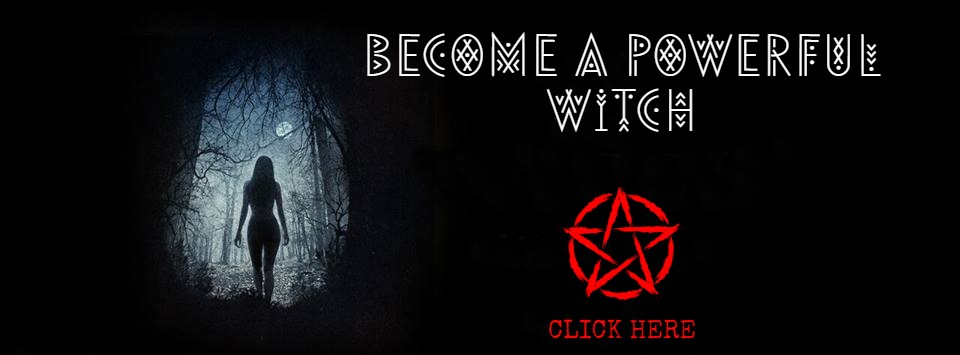PRAYER IN WITCHCRAFT

A prayer is a petition to a higher power for help. In essence, prayer can be considered a form of Magic. The word prayer itself means “to petition.” It is derived from the Latin term precarius, which means “obtained by begging.” Prayers are directed to deities, supernatural forces of nature, the ancestral dead, saints, Angels, and spirits. Most prayers are for divine intercession for one’s self or for others.
The act of praying is a Ritual. The most formal prayer rituals are conducted in religious services and may involve adoration and thanksgiving as well as petitions for assistance. Other forms of prayer confession, lamentation, meditation, contemplation, and surrender. Prayer may be done verbally, silently, or in writing.
Certain prayers are considered to be Amulets against evil. For example, during the Inquisition, the Lord’s Prayer was held to ward off DEMONS and Spells that had been cast by witches. It also was used in witch trials as a litmus test; true witches, who were believed to be in servitude to the devil, supposedly could not recite the Lord’s Prayer at all or without mistakes.
In folk magic, a Charm is a “little prayer,” usually composed in verse, asking for a specific favour.
The Encyclopedia of Magic and Alchemy Written by Rosemary Ellen Guiley Copyright © 2006 by Visionary Living, Inc.

As part of its efforts to stamp out rival religious practices, the church Christianized and absorbed many of their customs. One such practice was the use of magical charms, or little prayers, verses and incantations recited to achieve a goal, cure illness or ward off evil. Charms were associated with Magic, and the Wizards, sorcerers (see sorcery), witches, and CunnIng men And women who practiced magic. The church opposed using magical charms but sanctioned the use of Christian prayer in their place for the same purpose.
It was acceptable and proper to recite Christian prayers—but not pagan or folk-magic charms—while gathering medicinal herbs in order to enhance their effectiveness, and in the application of medicine for illness.
The Christian prayer became an all-purpose spiritual shield: for example, a nine-day regimen of holy bread or water accompanied by the recitation of three Paternosters and three Aves in honour of the Trinity and St. Herbert would protect against all disease, witchcraft, mad dogs and Satan.
By muddying the distinction between magical charms and Christian prayers, the church may have made it more difficult to abolish the former. many magical healers used Christian prayers or debased versions of Christian prayers as their own charms, but the church claimed that the source—the magician—rendered such charms ineffective. It was not always a successful argument; to be on the safe side, many people relied both on magic and the church.
During the witch-hunts, Christian prayer was said to be one of the best defenses against the Devil and his Demons and witches. Prayers said every morning would protect a person against witchcraft throughout the day. Witches were supposed to be unable to recite certain prayers, especially the Lord’s Prayer; this was used as a test in many witch trials.
Prayers are part of the Catholic Church’s ritual of Exorcism.
SEE ALSO:
FURTHER READING:
- Lea, Henry Charles. Materials Toward a History of Witchcraft. Philadelphia: University of Pennsylvania, 1939.
- Thomas, Keith. Religion and the Decline of Magic. New York: Charles Scribner’s Sons, 1971.
SOURCE:
The Encyclopedia of Witches, Witchcraft and Wicca – written by Rosemary Ellen Guiley – Copyright © 1989, 1999, 2008 by Visionary Living, Inc.











